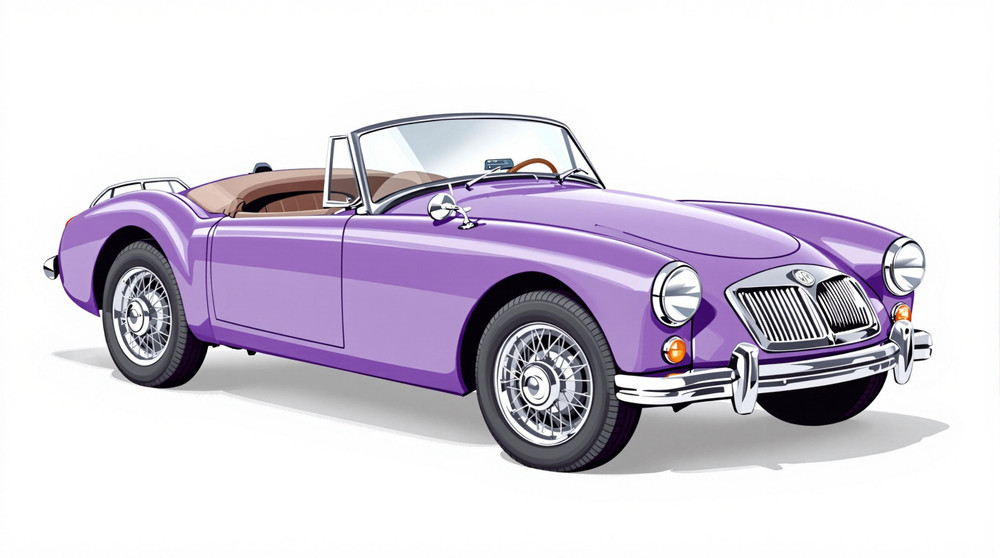Image of 1960 Mg Mga, Note: These illustrations use artistic license and may differ from actual historical models.
Performance Metrics
Fundamental Metrics
Emotional Appeal
MMP Rating
| Engine Specifications | |
|---|---|
| Engine: | Inline 4 |
| Displacement: | 1588cc |
| Horsepower: | 80-90 HP |
| Torque: | 104 Nm |
| Compression Ratio: | 8.3:1 |
| Ignition System: | Lucas electrical |
| Cooling System: | Water-cooled |
| Performance Specifications | |
| 0-60 Time: | 16 seconds |
| 1/4 Mile Time: | 20 seconds |
| Top Speed: | 98 mph |
| Transmission and Drive | |
| Drive Type: | RWD (Rear Wheel Drive) |
| Transmission Type: | 4-speed manual |
| Fuel and Efficiency | |
| Fuel System Type: | Twin SU carburetors |
| MPG: | 26-30 MPG |
| Dimensions and Brakes | |
| Brakes: | Drum brakes |
| Wheelbase: | 94 inches |
| Weight: | 2028 lbs |
Note: Specifications for classic cars are given to the best of our ability, considering the limited and variant data available.
The Quintessential British Roadster: 1960 MG MGA
With its sleek lines and spirited performance, the 1960 MG MGA is a testament to the allure of classic British sports cars. Born from the storied marque of MG, or Morris Garages, this model was a significant departure from its predecessors, boasting a completely new design that captured hearts across the globe. The MGA emerged in a post-war era where sports car enthusiasts were hungry for innovation and style, and it did not disappoint. A unique fact about the MGA is that it was initially designed for the American market, which craved stylish European cars, but it quickly became a beloved icon worldwide.
Design and Innovation
The exterior of the 1960 MG MGA is characterized by its flowing curves and poised stance, a design that was revolutionary at its debut in 1955. The bodywork eschewed pre-war aesthetics in favor of a more modern and aerodynamic shape. Inside, the MGA offered a no-frills cockpit focused on driving pleasure with leather seats and a classic three-spoke steering wheel. While not luxurious by today's standards, the quality of materials reflected the vehicle's sporting intentions.
Technologically, the MGA was ahead of many contemporaries with features like rack-and-pinion steering and independent front suspension. Color options ranged from vibrant hues to more subdued tones, with Chariot Red and Orient Red being popular choices that accentuated its sporty silhouette. The roadster was the most iconic body style, though a coupe version was also available for those seeking a fixed-roof experience.
Historical Significance
The MGA's impact on automotive design cannot be overstated. It helped set the template for what a British sports car should be: elegant yet muscular in appearance, with an emphasis on driving enjoyment over outright luxury. It stood out from its peers with its streamlined design and became an ambassador of British automotive culture to the world.
Performance and Handling
Underneath its bonnet, the 1960 MG MGA housed a 1.6-liter inline-four engine capable of propelling it to top speeds nearing 100 mph—a respectable figure for the time. The sprint from 0-60 mph could be achieved in just over 13 seconds. Handling was nimble; drivers often praised how well it navigated winding roads and responded to steering inputs—a true driver's car that communicated every nuance of the road through its slender wooden wheel.
Ownership Experience
The MGA was versatile enough to serve as a daily driver or weekend showpiece, with some owners even taking it onto the racetrack. Maintenance is straightforward by modern standards, making it an accessible entry into classic car ownership. However, parts can be scarce, so prospective owners should consider availability before committing.
Fun Facts
Among MG enthusiasts, there are tales of rare editions like the Twin Cam model which featured a high-performance engine. Celebrity ownerships have added to its mystique; even Elvis Presley was photographed with an MGA! Despite criticisms over time about aspects such as weatherproofing (or lack thereof), its charm remains undeniable.
Collector's Information
Today's collector market sees a healthy demand for MGAs. With over 100,000 units produced during its production run from 1955 to 1962, they are relatively available but can vary widely in condition. Pristine examples can fetch upwards of $50,000 or more depending on provenance and originality, while project cars might be found for around $10,000 to $15,000. The market trend shows appreciation for well-maintained or restored models.
Conclusion
The 1960 MG MGA stands as an enduring symbol of Britain's golden age of motoring—a car that combined beauty with performance in a way that few others could match at the time. Its legacy continues to influence automotive enthusiasts around the world, ensuring that this classic roadster will be cherished for generations to come.
1960 Mg Mga Catalog of Parts
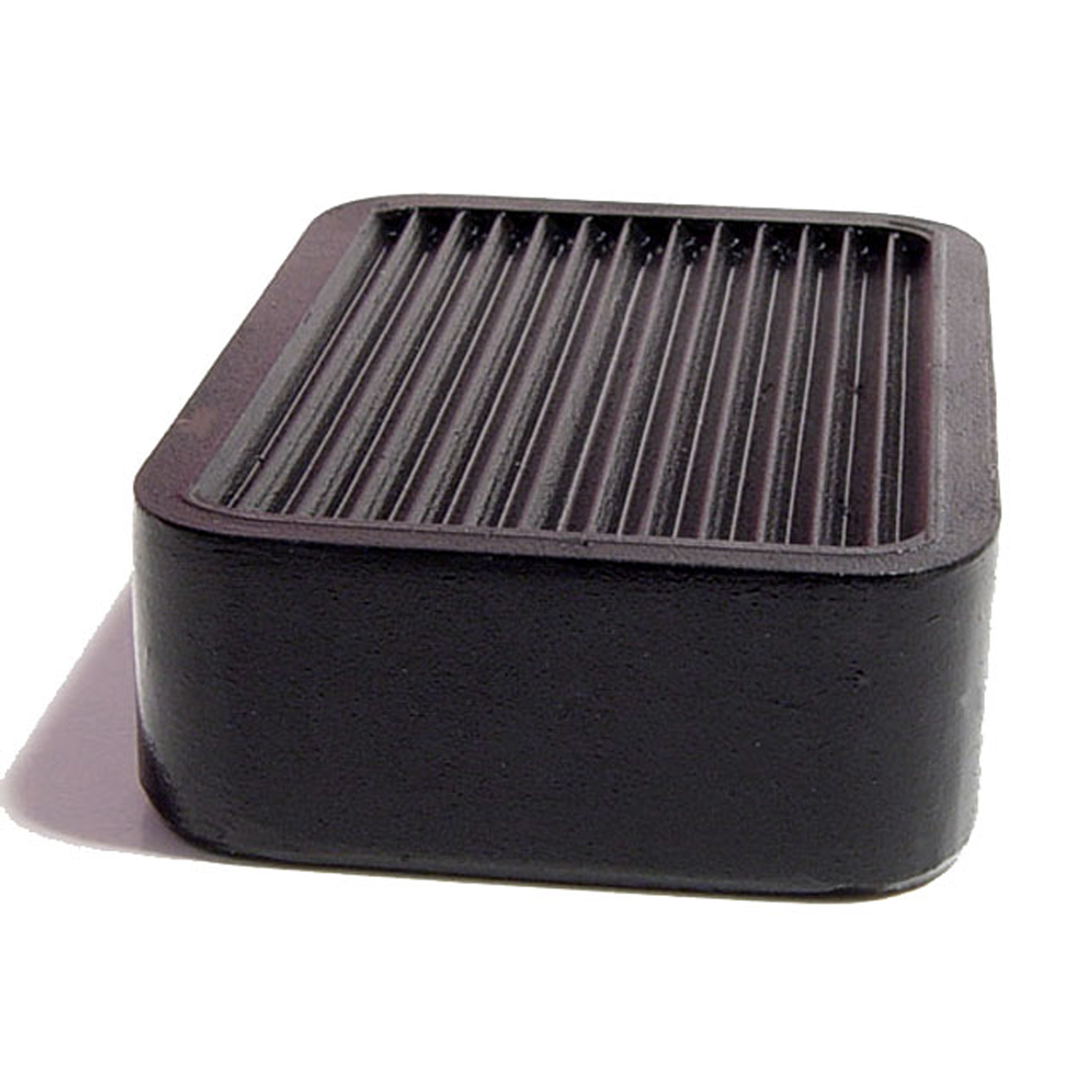 1960 MG MGA Accelerator Pedal Pad. 1-3/16" wide X 1-5/8" long. Each-AP 28Accelerator Pedal Pad. 1-3/16" wide X 1-5/8" long. Each
1960 MG MGA Accelerator Pedal Pad. 1-3/16" wide X 1-5/8" long. Each-AP 28Accelerator Pedal Pad. 1-3/16" wide X 1-5/8" long. Each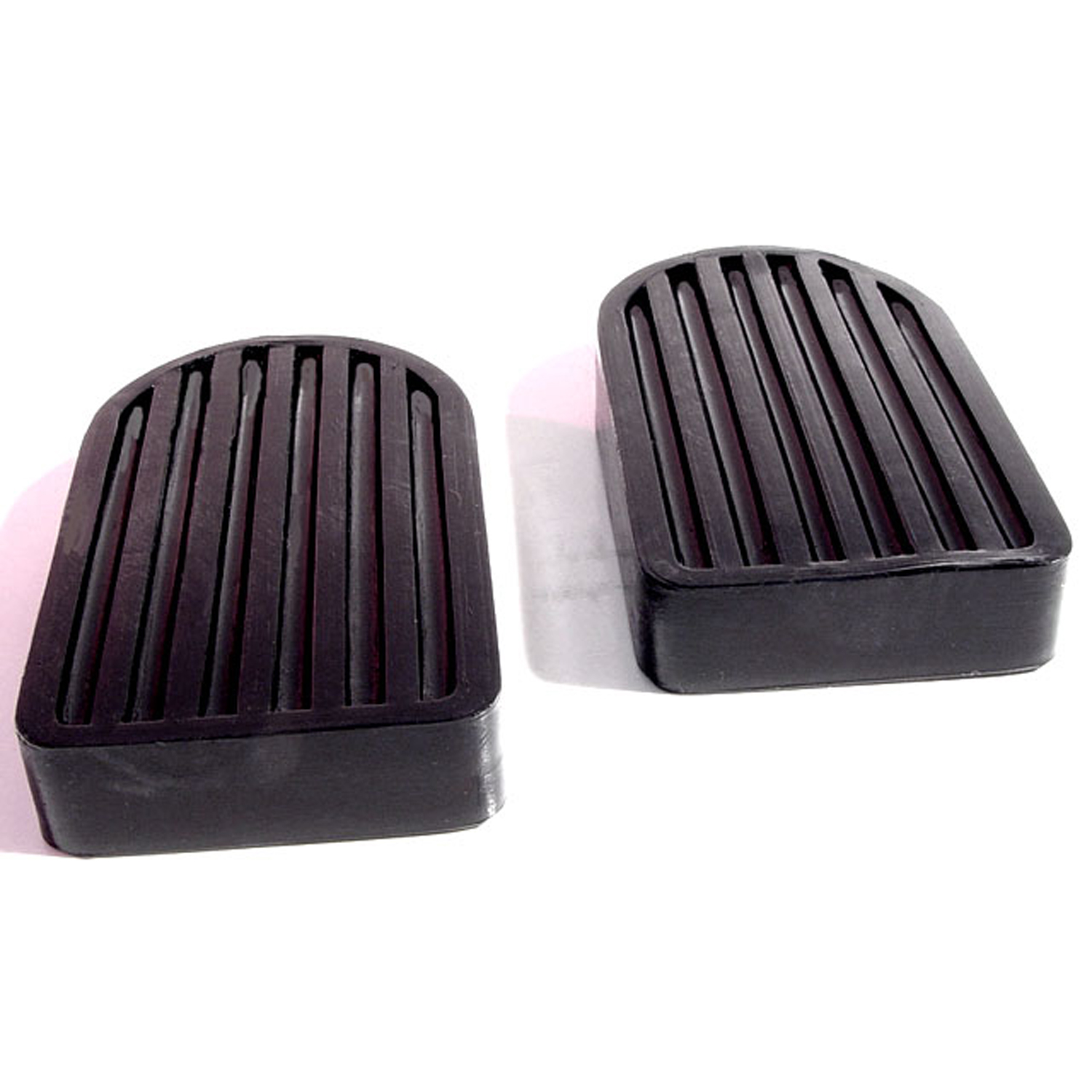 1960 MG MGA Clutch and Brake Pedal Pads. 1-3/4" wide X 3" long. Pair-CB 86Clutch and Brake Pedal Pads. 1-3/4" wide X 3" long. Pair
1960 MG MGA Clutch and Brake Pedal Pads. 1-3/4" wide X 3" long. Pair-CB 86Clutch and Brake Pedal Pads. 1-3/4" wide X 3" long. Pair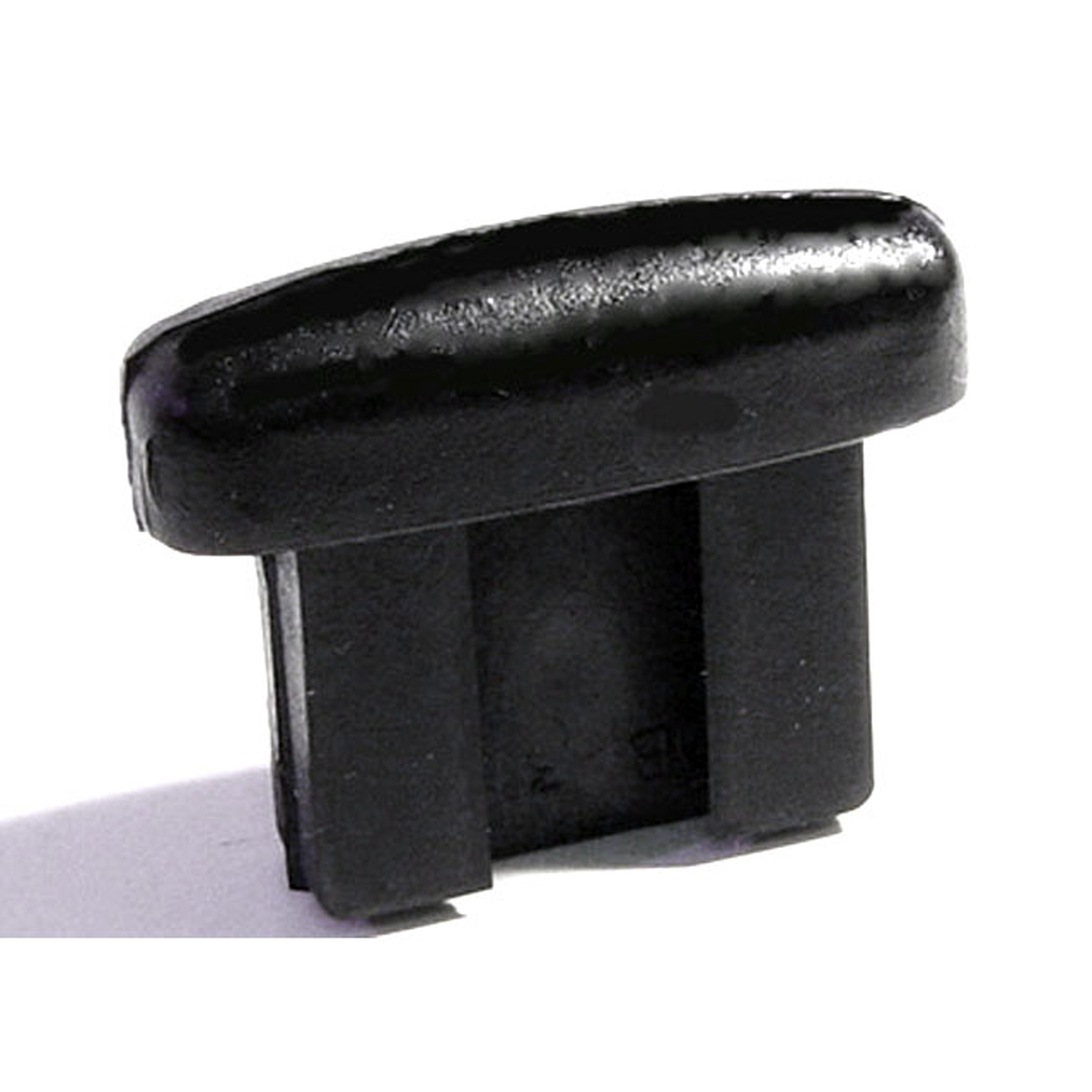 1960 MG MGA Door Bumper. 1-3/16" high X 1-1/2" wide X 7/16" thick-DB 31Door Bumper. 1-3/16" high X 1-1/2" wide X 7/16" thick. Each
1960 MG MGA Door Bumper. 1-3/16" high X 1-1/2" wide X 7/16" thick-DB 31Door Bumper. 1-3/16" high X 1-1/2" wide X 7/16" thick. Each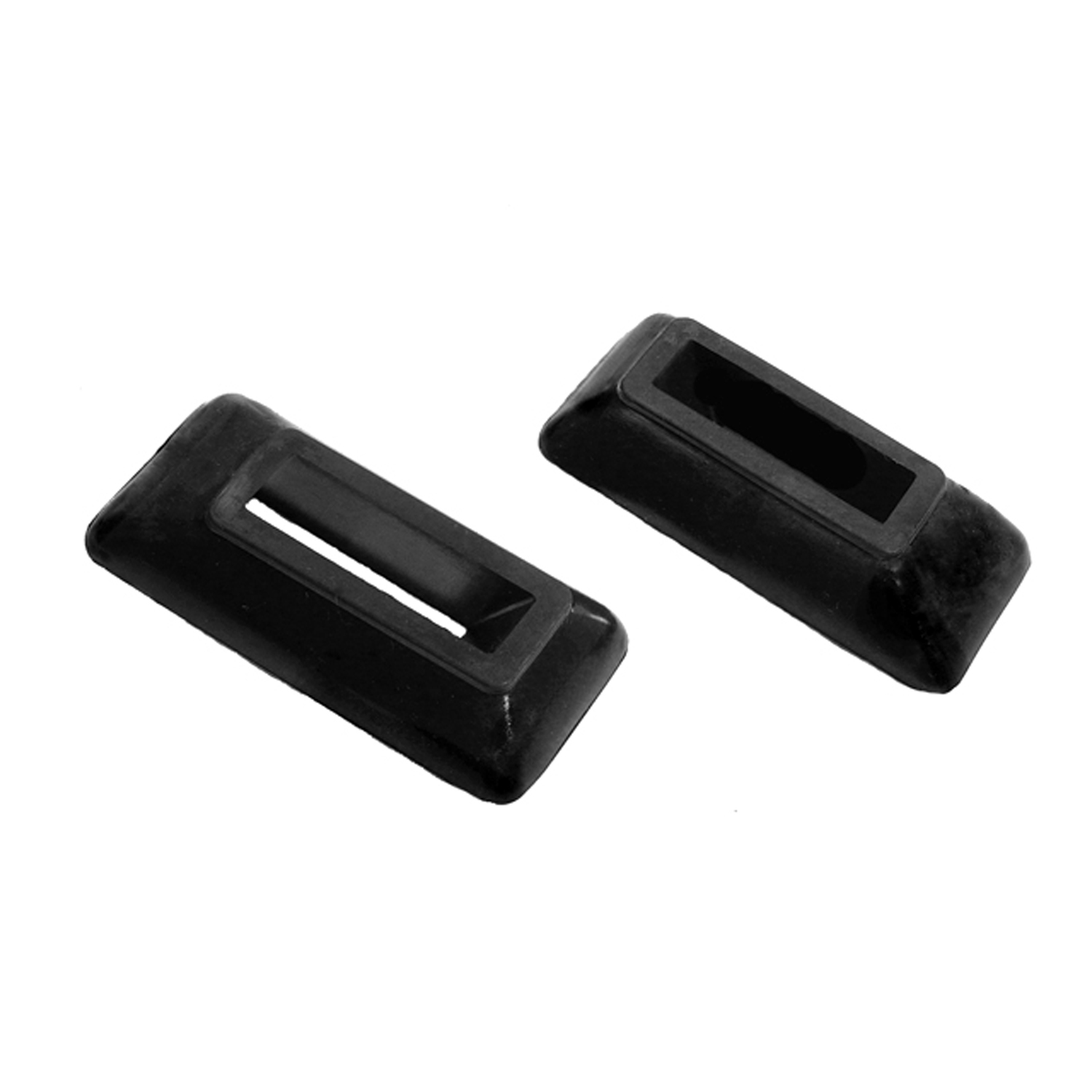 1960 MG MGA Windshield Post Bases. 2-15/16" x 1-7/16" Pair R&L-MB 18Windshield Post Bases. 2-15/16" x 1-7/16" Pair R&L
1960 MG MGA Windshield Post Bases. 2-15/16" x 1-7/16" Pair R&L-MB 18Windshield Post Bases. 2-15/16" x 1-7/16" Pair R&L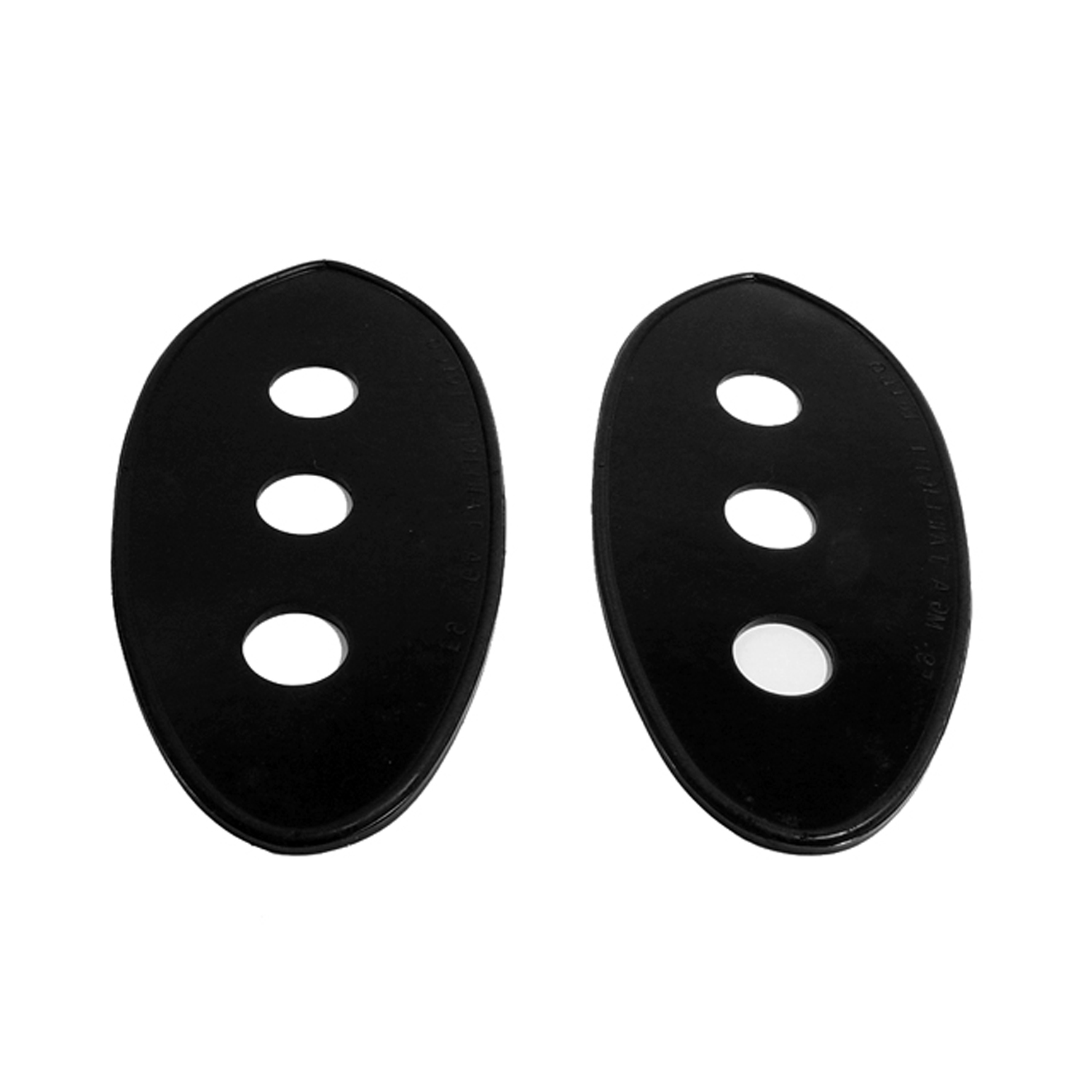 1960 MG MGA Tail-light Pads. 4-1/4" wide X 8-3/4" long. Pair-MP 1010-QTail-light Pads. 4-1/4" wide X 8-3/4" long. Pair
1960 MG MGA Tail-light Pads. 4-1/4" wide X 8-3/4" long. Pair-MP 1010-QTail-light Pads. 4-1/4" wide X 8-3/4" long. Pair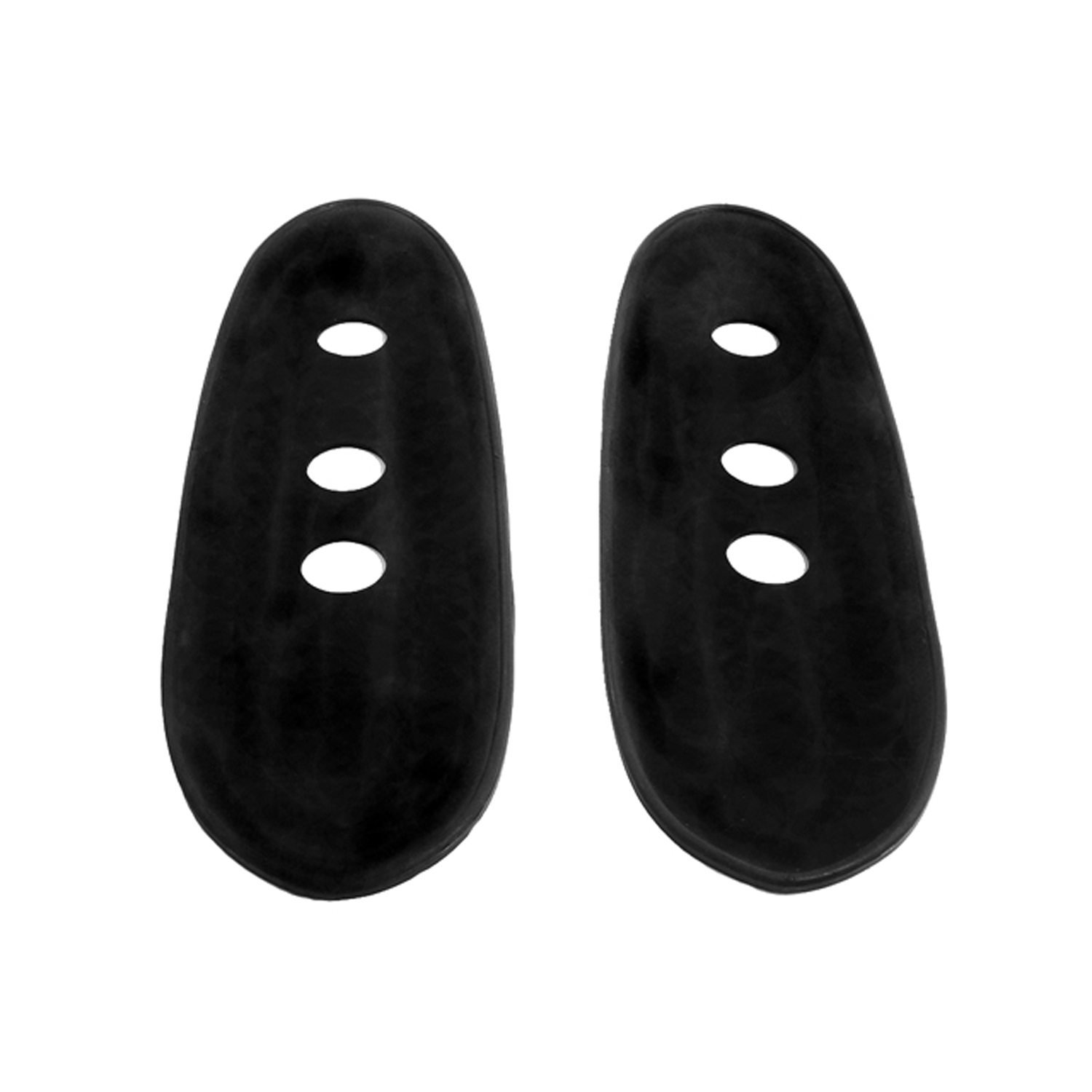 1960 MG MGA Tail-light Pads for MGA 1600. 4-1/4" wide X 14-1/4" long-MP 1010-RTail-light Pads for MGA 1600. 4-1/4" wide X 14-1/4" long. Pair
1960 MG MGA Tail-light Pads for MGA 1600. 4-1/4" wide X 14-1/4" long-MP 1010-RTail-light Pads for MGA 1600. 4-1/4" wide X 14-1/4" long. Pair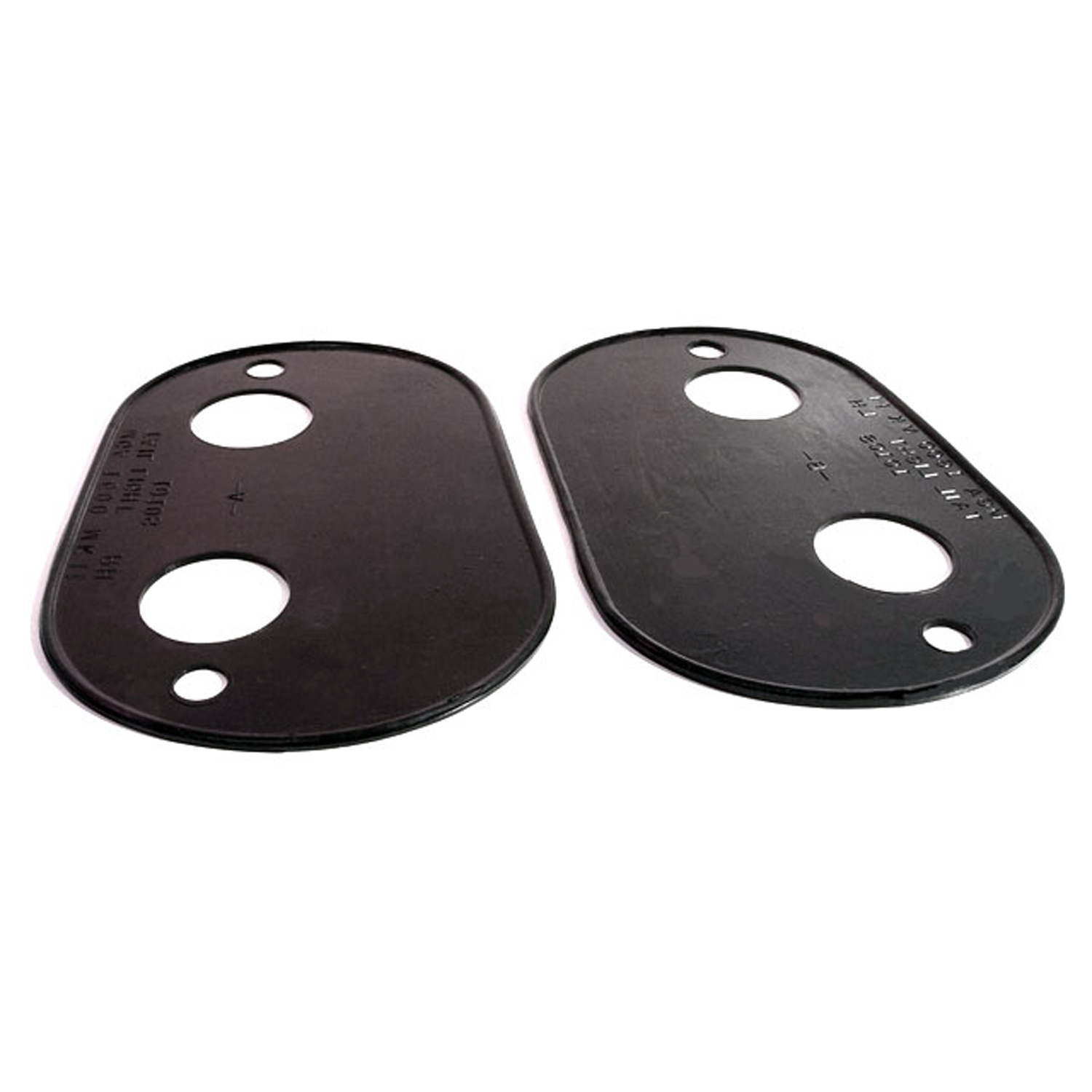 1960 MG MGA Tail-light Pads for MGA 1600, MK II-MP 1010-STail-light Pads for MGA 1600, MK II. 5-1/8" wide X 8-1/8" long. Pair
1960 MG MGA Tail-light Pads for MGA 1600, MK II-MP 1010-STail-light Pads for MGA 1600, MK II. 5-1/8" wide X 8-1/8" long. Pair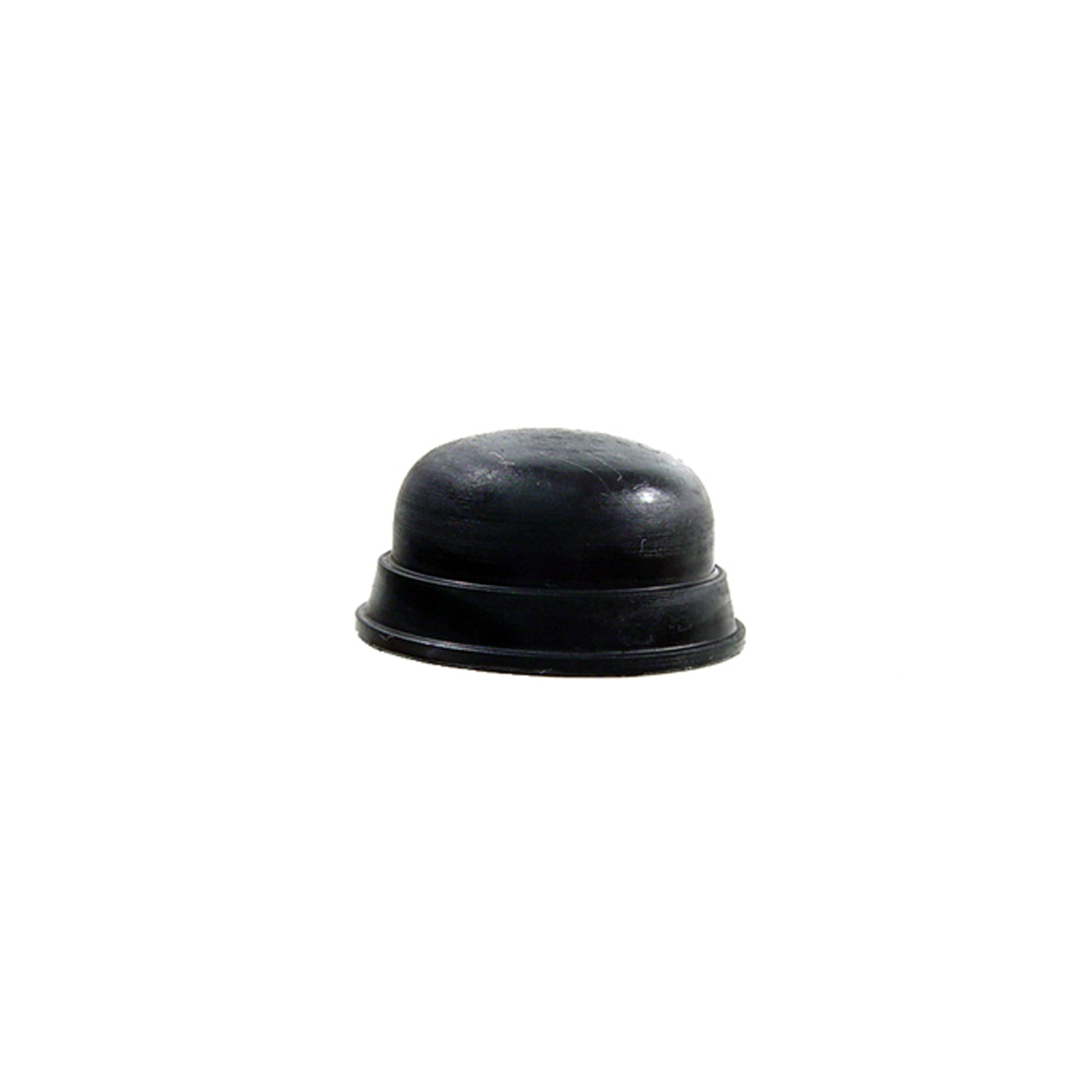 1960 MG MGA Starter Solenoid Button Cover. Perfect reproduction. Each-RP 1Starter Solenoid Button Cover. Perfect reproduction. Each
1960 MG MGA Starter Solenoid Button Cover. Perfect reproduction. Each-RP 1Starter Solenoid Button Cover. Perfect reproduction. Each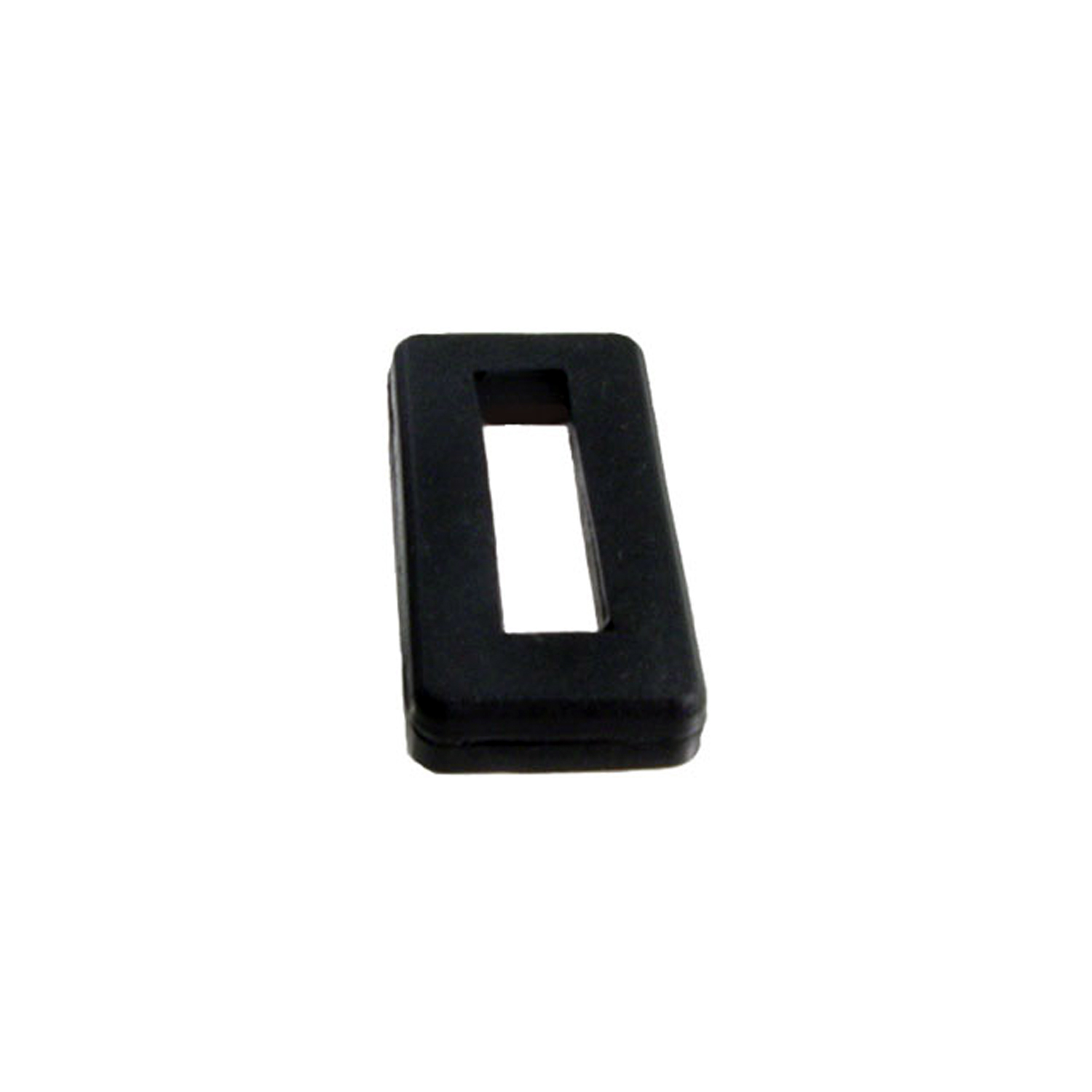 1960 MG MGA Grille Shell Grommet. 2" X 1" X 5/16" Thick. Each-SM 7Grille Shell Grommet. 2" X 1" X 5/16" Thick. Each
1960 MG MGA Grille Shell Grommet. 2" X 1" X 5/16" Thick. Each-SM 7Grille Shell Grommet. 2" X 1" X 5/16" Thick. EachWhy Choose Metro?
For over 100 years, Metro Moulded Parts has been the pinnacle of quality in classic car restoration parts. Our commitment to precision and authenticity in every component ensures a perfect fit and an OEM-level appearance.
- Expert Craftsmanship & Quality: Each part is a testament to our dedication to reliability and perfection, crafted from original designs and thoroughly tested.
- Advanced Technology: We use cutting-edge techniques to create flawless, long-lasting parts that surpass others in performance.
- SuperSoft Sponge – The Ultimate Door Seal: Not only are our door seals 30% softer than competitors', but they're also guaranteed to never leak. They effectively reduce wind and road noise, enhancing your classic car's comfort and driving experience.
- Proudly American: Our parts are a product of American craftsmanship, made in the USA with a spirit of excellence and heritage.
- Unrivaled Warranty: We back our products with a 30-year industry-leading warranty, a testament to our confidence in their quality.
Join us in preserving the legacy of classic cars with parts that are crafted for perfection, not just made.

